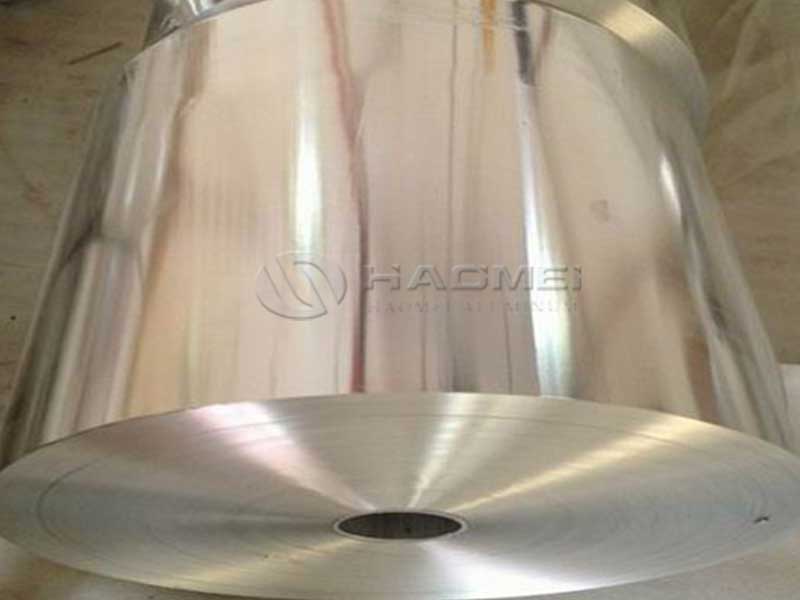Aluminum foil for tablets blister
When it comes to pharmaceutical packaging, especially tablet blister packs, aluminum foil plays an indispensable role in ensuring product safety, efficacy, and shelf life. Although seemingly a simple material, aluminum foil designed specifically for tablets blister packs is a high-tech product engineered to meet stringent pharmaceutical standards.
The Core Functions of Aluminum Foil in Tablet Blisters
Tablet blister packs consist of cavities or pockets made from plastic where tablets are placed, then sealed with a barrier material that protects the contents from external factors. Aluminum foil is predominantly used as that barrier, with its functions extending across several vital aspects:
Protection from Moisture and Oxygen: Tablets are sensitive to humidity and oxygen exposure that can lead to degradation or chemical alteration, affecting drug efficacy.
Light Barrier: Certain pharmaceuticals degrade when exposed to light. Aluminum foil is nearly opaque, blocking light completely and protecting light-sensitive medications from photodegradation.
Tamper Evidence: The foil layer provides clear evidence of any tampering since opening the blister pack involves puncturing or tearing the foil. This maintains the integrity and safety of the pharmaceutical product.
Physical Protection: Aluminum foil grants mechanical strength, sealing every cavity tightly and preventing contamination from dust, dirt, or bacterial ingress.
Technical Composition and Features
Unlike kitchen aluminum foil, which is thin and flexible for everyday use, pharmaceutical aluminum foil for blister packs is specially engineered with specific thickness, alloy elements, and lamination layers to legally comply with pharmaceutical standards, such as those established by the FDA and EMA.
Material Structure
Pharmaceutical blister foils fall into two primary categories: cold form foil and heat seal foil.
Cold Form Foil: Made from nearly pure aluminum, copper, and sometimes additional elements, cold form foil is thicker (~100-250 microns) and can be mechanically formed into blisters without cracking via a process called cold forming. The aluminum’s ductility plays a crucial role in careful cavity forming to house tablets securely.
Heat Seal Foil: Generally thinner (~25-40 microns) and laminated with polymers or coatings on the side facing the plastic blister. This laminated layer allows the aluminum foil to bond tightly with thermoplastic blister materials such as PVC or PVDC without compromising barrier integrity.
Superior Barrier Properties
The nano-scale thickness and dense granular grain structure of the aluminum provide near-perfect impermeability. Permeability rates are typically less than 0.001 grams per square meter per day for water vapor transmission (WVTR), ensuring virtually zero permeability in compounded packaging systems.
Special coatings and polymer films can be integrated into multi-layer lamination foil systems to improve mechanical strength, seam integrity, and sealing characteristics.
Applications Across Pharmaceutical Segments
Aluminum foil’s versatility in blister packaging spans usage across various pharmaceutical categorizations:
Immediate Release Tablets: Aluminum heat seal foil provides cost-effective high barrier performance, widely used for daily oral medications.
Modified Release and Extended Release Tablets: The strict environmental barrier of high-grade cold form foil ensures these formulations maintain their time-release properties without premature degradation.
Herbal and Nutraceuticals: Supplements packaged in blister packs with aluminum foil enjoy enhanced shelf life and simplified patient dosing.
Cold Chain and Biotics: Advanced aluminum blister foil laminates fulfill specific regulatory requirements for temperature-sensitive pharmaceutical forms and biologics.
Sustainability Aspects
Ongoing innovations seek to balance high functional barrier properties with sustainability. Manufacturers develop ultra-thin foils minimizing aluminum use and designing foils suitable for recycling or use with biodegradable blister plastics.
https://www.alusheets.com/a/aluminum-foil-for-tablets-blister.html






